In this era of integration and cultural exchange, early exposure to foreign languages for children is no longer just a trend but a critical need. Among these, Chinese is emerging as a language of great interest to many parents. However, teaching Chinese for kids requires scientific and flexible methods to ensure effectiveness and avoid putting undue pressure on them. This article by Ni Hao Ma will synthesize proven and effective ways of teaching Chinese for kids and share insights from language experts that parents and teachers can apply.
Effective Methods for Teaching Chinese to Kids
Learning a new language, especially Chinese with its unique writing system and tones, can be challenging for adults, let alone children. However, children have the remarkable ability to acquire languages more naturally and quickly than adults if approached correctly. Language and education experts emphasize that transforming the learning process into fun, interactive experiences stimulates curiosity and maintains children’s interest. Some proven effective methods for teaching Chinese for kids include:
Learning Foreign Languages Through Music
Music possesses a magical power for connection and memorization. For children, cheerful melodies and catchy rhymes not only help them naturally acquire vocabulary and grammatical structures but also improve their pronunciation and intonation. Studies have shown that using music in language education enhances emotional engagement, reduces stress, and improves long-term memory.
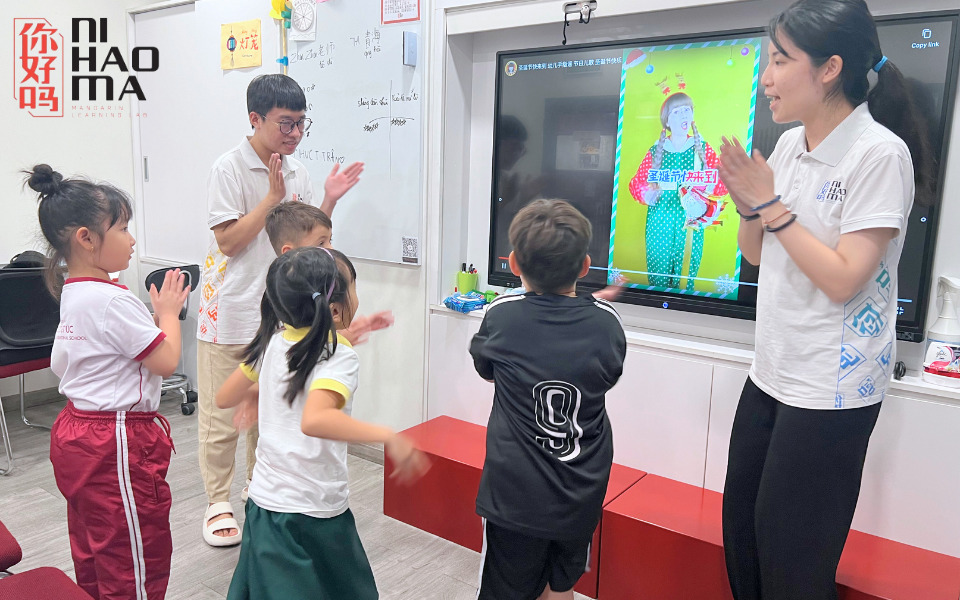
For instance, a 2019 article by Pauline Degrave in the Journal of Language Teaching and Research indicated that using music can benefit foreign language acquisition. The study revealed that music positively impacts general learning aspects such as increasing motivation and attention, reducing anxiety, and improving various language skills.
Teaching Chinese Through Games
Children learn best through play and exploration. Games not only create a stress-free learning environment but also encourage children to interact, think, and apply knowledge flexibly. From simple games like vocabulary matching and alphabet puzzles to active games with Chinese elements like “Simon Says” (Chinese version) or “find the object by its Chinese name,” all can help children memorize vocabulary, sentence structures, and develop listening and speaking skills.
A 2015 study by James E. Johnson and colleagues emphasized the importance of play in language development in young children, showing that guided play activities enhance children’s vocabulary and communication skills. To effectively facilitate teaching Chinese for kids, parents can prepare flashcards with images and Chinese characters, use Chinese learning apps with game elements, or simply play role-playing games with their children using Chinese.
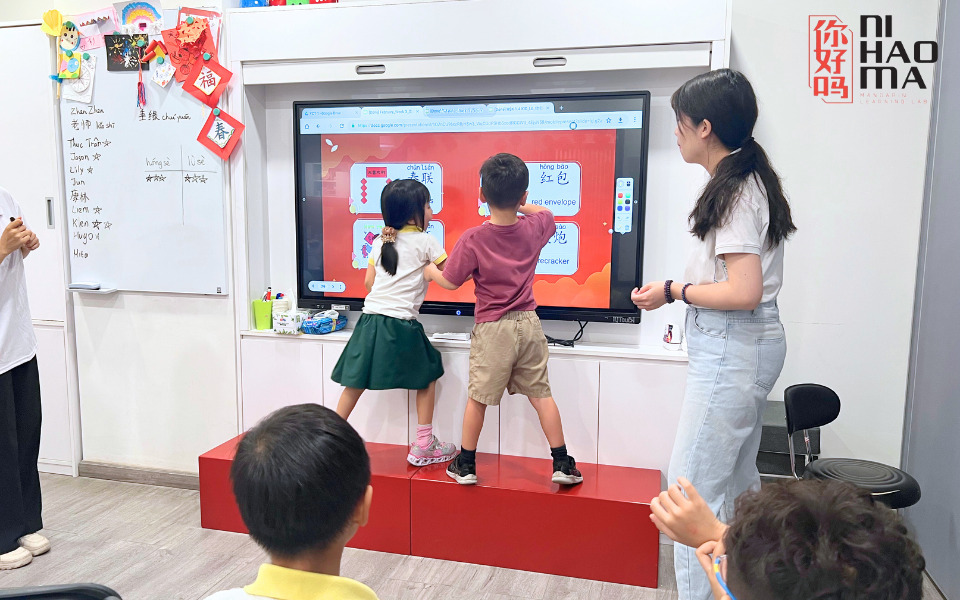
Language Immersion
Language immersion is a foreign language learning method where learners are fully and continuously exposed to the target language. For children, this method precisely mimics the process of learning their native language. Children will be “immersed” completely in a Chinese environment, where the language is used continuously and diversely as a daily communication tool.
In classrooms applying the language immersion method, teachers will use Chinese exclusively to lecture, converse, and organize games and activities. In a home education environment, parents or caregivers can use Chinese in daily activities to help children receive and process linguistic information subconsciously.
Reading Chinese Books
A 2018 study by the National Literacy Trust indicated that reading regularly with children from an early age not only enhances literacy skills but also expands vocabulary and knowledge about the world around them. Reading books and storytelling is an excellent way of teaching Chinese for kids to build vocabulary and improve grammar.
When reading Chinese books to their children, parents not only help them familiarize themselves with the new language but also provide context for them to understand the meaning of words and sentences. Regarding how to choose Chinese textbooks for kids, parents and teachers should select books with beautiful illustrations, accompanied by either bilingual text or pinyin to make it easy for children to follow along.
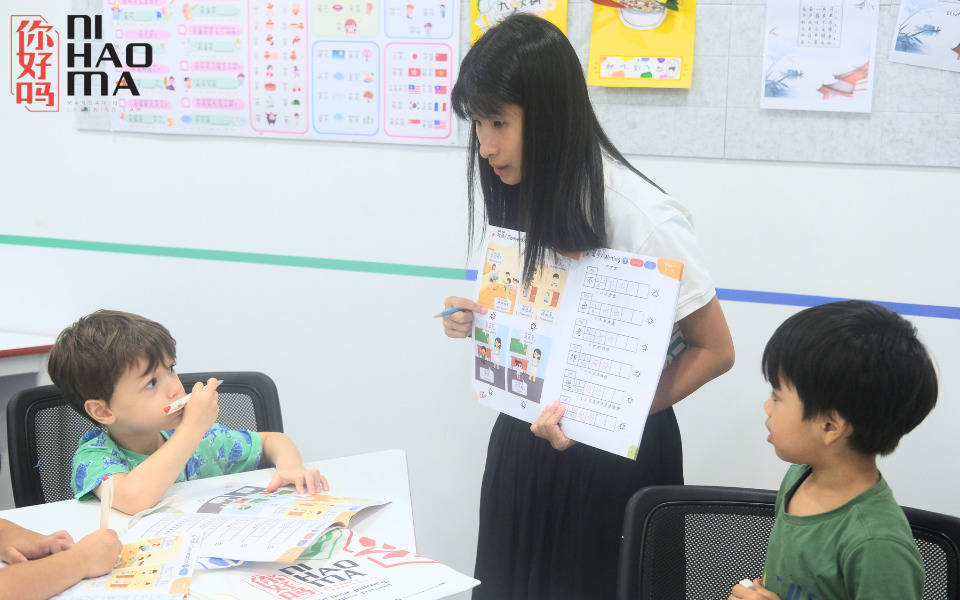
Important Considerations When Teaching Chinese for Kids
You now understand effective methods for teaching Chinese for kids, based on research from language experts. Teaching Chinese for kids is a long journey that demands patience and understanding from both parents and teachers. Throughout the learning process, several factors influence not only the speed of acquisition but also a child’s attitude and interest in the language.
Start Early with Foreign Language Learning
Children’s language acquisition abilities are astonishing, especially in their early years. The period from 0-6 years old is referred to by researchers as the “golden age” for language learning, as a child’s brain is still rapidly developing and naturally capable of absorbing new information. Many studies show that early exposure to a second language can positively impact a child’s brain structure and cognitive abilities. Therefore, don’t hesitate to introduce your child to Chinese from a young age.
Create a Fun Learning Environment
Learning pressure can be the biggest barrier to language acquisition in children. If learning Chinese becomes a burden, children will quickly lose interest and may even develop an aversion to it. Instead of focusing on how many words to memorize or characters to write, concentrate on creating a joyful learning environment. Transform study time into playtime, incorporating knowledge through entertaining activities. When children feel comfortable, safe, and encouraged to explore, they will naturally open up and absorb knowledge more effectively.
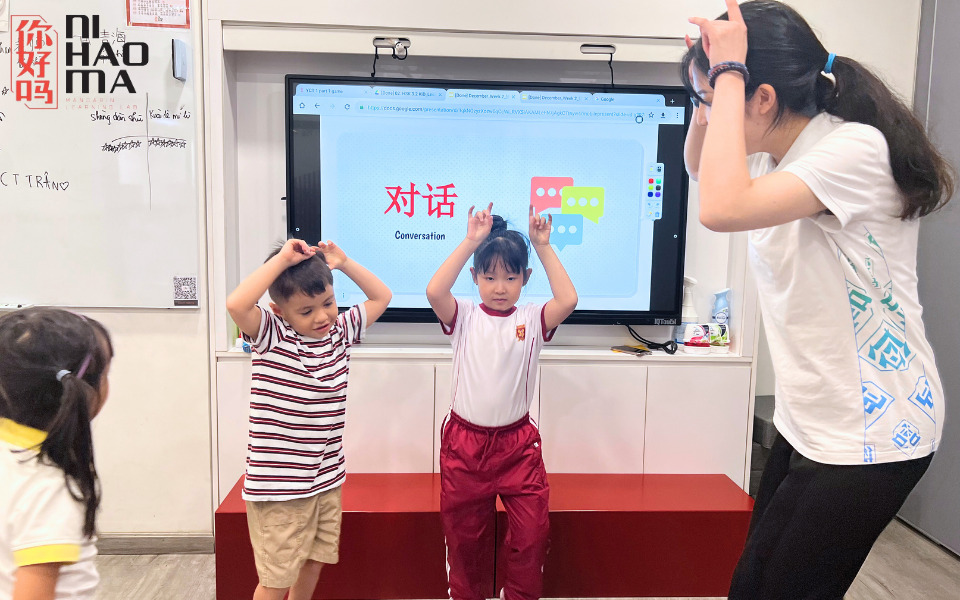
Prioritize Listening and Speaking
Just as children learn their native language, listening and speaking skills should be the top priority when teaching Chinese for kids. Before requiring children to read and write complex Chinese characters, provide opportunities for them to be regularly exposed to the sounds and tones of Chinese. Listening to conversations, songs, and watching Chinese cartoons will help children gradually recognize and distinguish syllables and tones. Once they have a good listening foundation, children will be more confident in starting to speak simple words and sentences.
Parents and teachers shouldn’t worry too much about initial pronunciation or grammatical errors. Instead, encourage children to speak boldly and create opportunities for them to practice in real-life situations. Reading and writing Chinese characters can be gradually refined once children have a certain vocabulary and listening-speaking ability.
Be Patient and Maintain Consistency
Unlike adults, children’s attention spans are often limited, and knowledge acquisition doesn’t always follow a linear path. On some days, children may learn very quickly, show great interest, and easily remember new vocabulary and sentence patterns. However, there will also be periods where they seem to plateau, find it harder to learn, or even forget what they’ve previously learned. This is a completely natural part of the learning process in young children, as their brains are constantly processing, organizing, and consolidating information.
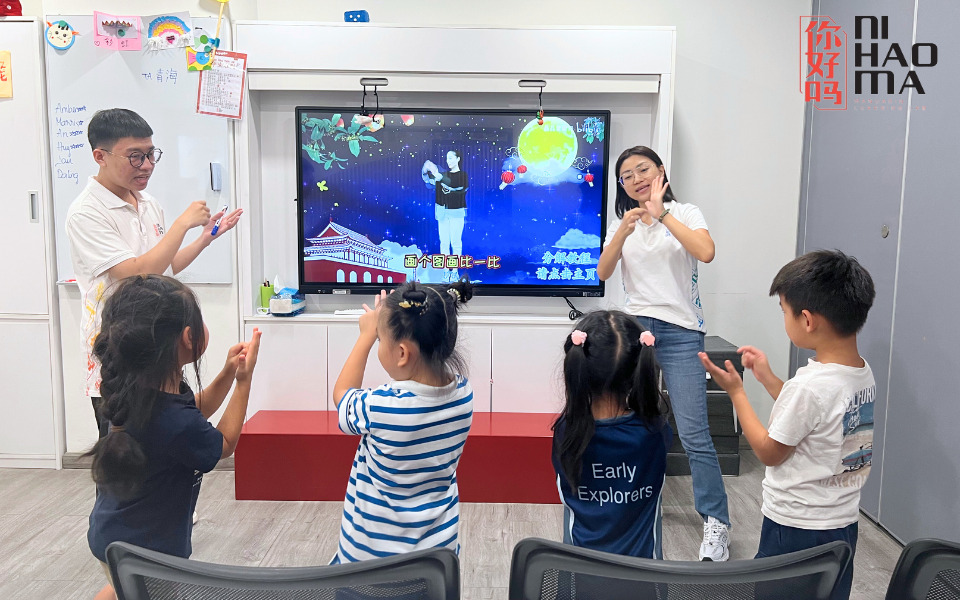
The teacher’s patience is demonstrated by accepting each child’s individual learning pace and not putting excessive pressure on immediate results. Instead of overwhelming children, maintaining consistency—even if it’s just 15-20 minutes a day—keeps Chinese present in their daily environment, which will be more effective. This not only helps children build a stronger vocabulary and grammar foundation but also prevents them from giving up when they encounter difficulties.
Respect the Child’s Interests
Every child is unique, with different interests and learning styles. A method that works effectively for one child may not be suitable for another. It’s crucial for parents to observe, listen, and respect their child’s preferences. If your child loves music, focus on Chinese songs. If they enjoy physical activity, look for interactive games. If they like to explore, show them scientific documentaries for children in Chinese.
Finding a learning method that matches a child’s personality will help stimulate their intrinsic motivation and passion for self-directed learning. Don’t try to force children into a specific mold. When children learn in a way they enjoy, the effectiveness will multiply, and the joy of learning will be much more sustainable.
Conclusion
Teaching Chinese for kids requires special methods, patience, and consistent support from both teachers and family. We hope this article has provided parents and teachers with effective and suitable ways to teach Chinese to children.
If you are looking for a reputable place where your child can learn Chinese systematically and effectively, Ni Hao Ma Mandarin Learning Lab is an ideal choice for you. With an experienced team of teachers and curricula specifically designed for children based on age and comprehension ability, Ni Hao Ma offers modern, engaging, and inspiring Chinese courses for children. Contact our hotline or fanpage for direct consultation on course programs, opening schedules, and attractive offers!



